Top 15 Comic Book Characters That Changed the Industry
Comic book characters have played a crucial role in shaping the entertainment industry, bringing to life unforgettable heroes and villains that continue to captivate audiences. From superheroes who embody hope and justice to anti-heroes who challenge traditional norms, these characters have pushed the boundaries of storytelling. Their impact extends far beyond the pages of comics, influencing films, TV shows, and pop culture as a whole.
This post may contain affiliate links, which helps keep this content free. Please read our disclosure for more info.
Superman
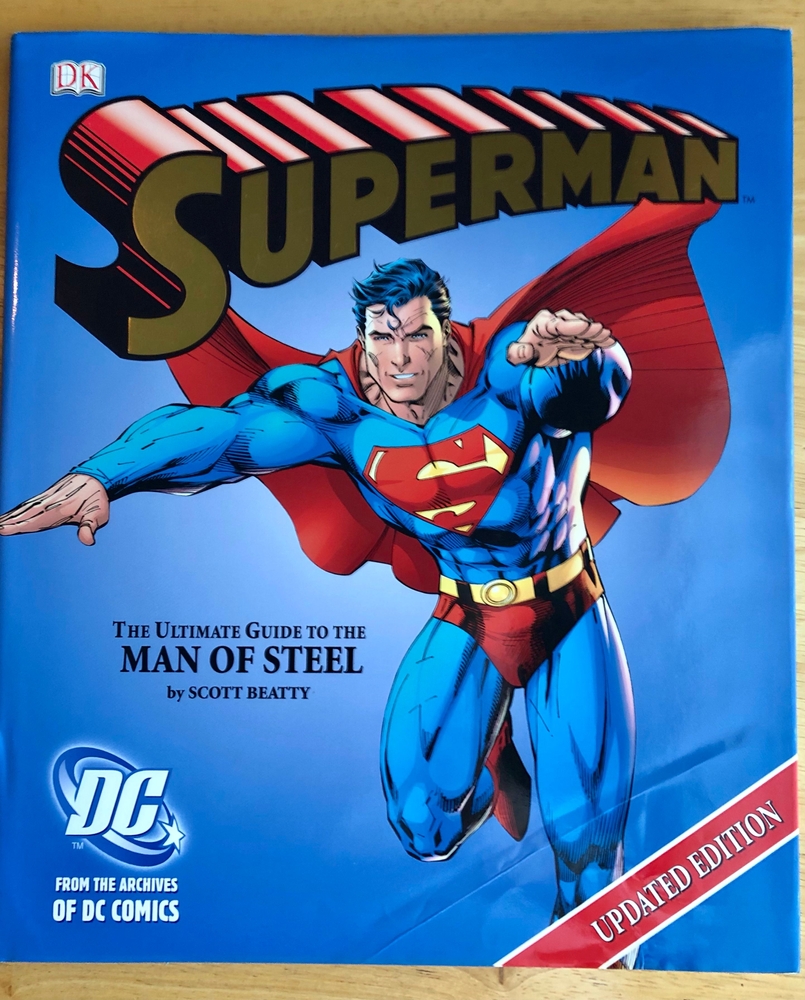
Superman, created by Jerry Siegel and Joe Shuster in 1938, is widely regarded as the first superhero, introducing audiences to a new genre that would change the comic book industry forever. His arrival signified the birth of the superhero archetype: a powerful, god-like figure who fought for truth and justice. Superman’s character, with his iconic red and blue suit and his almost unbeatable powers, quickly captured the imagination of fans. His unwavering moral compass and commitment to doing good made him a symbol of hope, especially during times of war and uncertainty.
Over the decades, Superman has evolved from a simple action hero to a complex figure, exploring themes of identity, loneliness, and responsibility. His struggle to balance his Kryptonian origins with his life as Clark Kent on Earth resonates with readers on a deeper level. His influence on the comic book industry is immense, not just in terms of character creation but also in shaping the structure of comic books as a whole. Superman opened the door for countless other heroes and set the tone for stories that blend action, emotion, and philosophy.
Batman
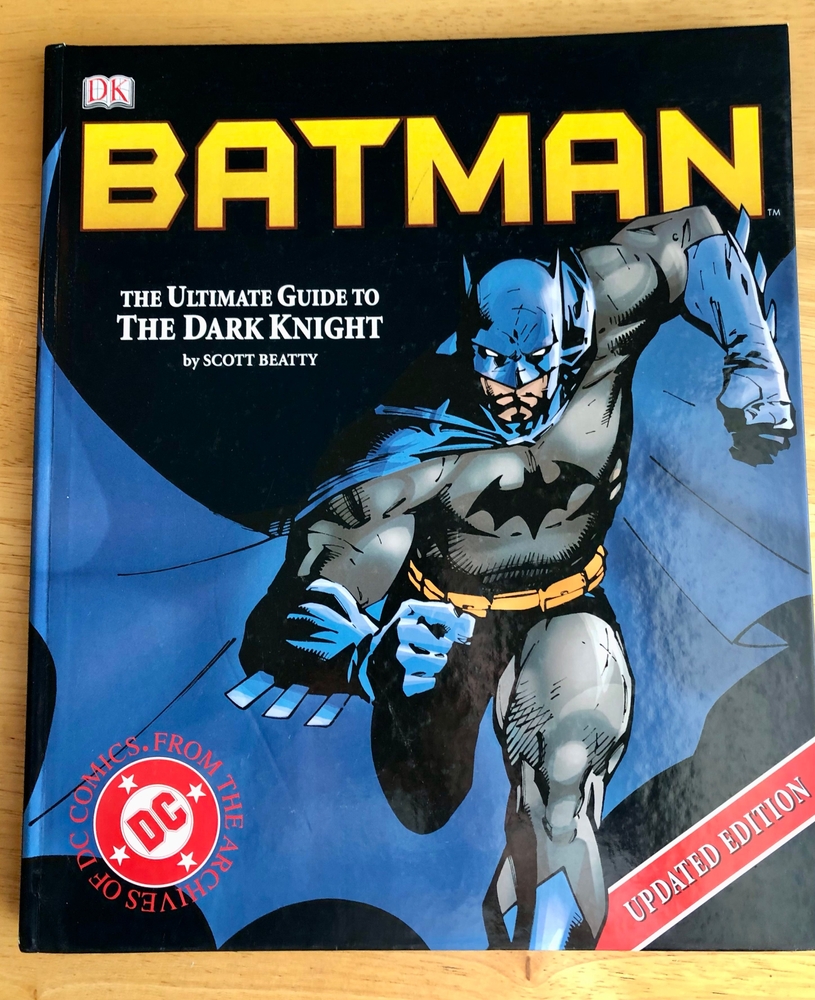
Batman, introduced by Bob Kane and Bill Finger in 1939, brought a darker, more grounded approach to superhero storytelling. Unlike other heroes who relied on superhuman abilities, Batman is a mere mortal with no powers, relying on his intellect, physical training, and an arsenal of gadgets. This shift toward a human hero who could be deeply flawed and morally conflicted was revolutionary, setting Batman apart from his superpowered counterparts. His dark persona, along with his relentless quest for justice following the murder of his parents, created a more personal and compelling narrative.
As time passed, Batman’s character became more complex, grappling with themes of vengeance, trauma, and mental health. His inner demons, including the fine line between hero and vigilante, have made him an enduring character in comic book history. Batman’s darker tone has influenced a wealth of storytelling, giving rise to grittier, more mature comic series and adaptations. He continues to be one of the most iconic and relatable superheroes, influencing not just comics but also films, television shows, and video games.
Spider-Man
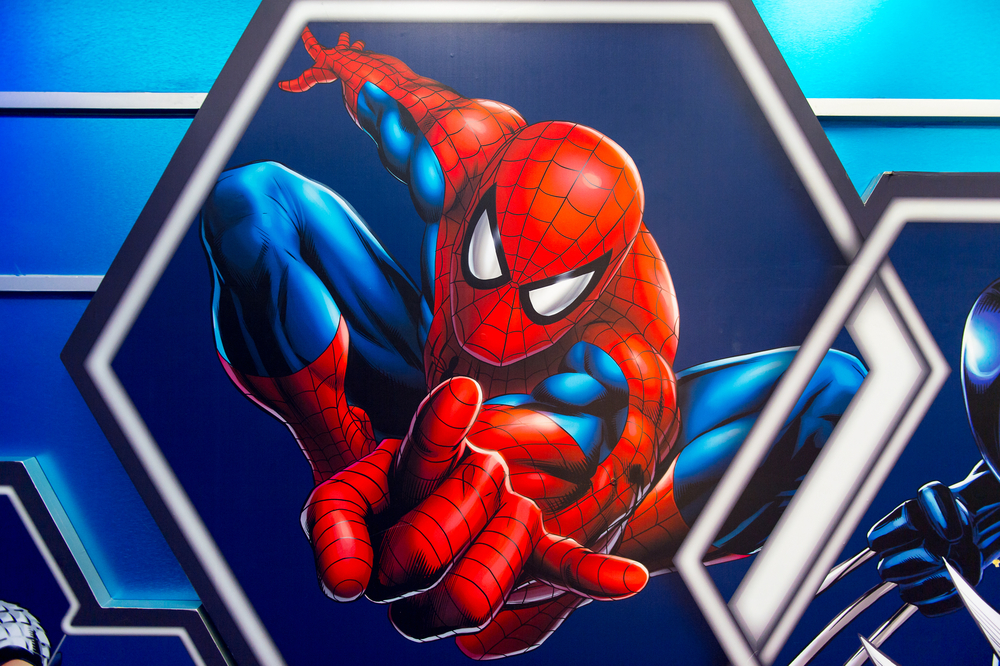
Spider-Man, created by Stan Lee and Steve Ditko in 1962, revolutionized the comic book world by making superheroes relatable to everyday people. Peter Parker was not a billionaire, a god, or an alien; he was a regular teenager dealing with the same problems readers faced, from school struggles to relationships and financial woes. His character quickly resonated with young audiences who saw themselves in Peter’s shoes. What set Spider-Man apart was his vulnerability; unlike other superheroes, Peter constantly had to make tough choices and sacrifice his personal life for the greater good.
Spider-Man’s iconic motto, “With great power comes great responsibility,” encapsulated his internal conflict, making him an accessible and human character. His evolution from a teen hero to an adult dealing with complex moral dilemmas has enriched the character over time. Spider-Man set the tone for a new wave of superheroes who were more than just masked crusaders; they were deeply human, flawed, and relatable. His success paved the way for countless other characters that reflected the struggles of their creators’ audiences, forever changing the comic book landscape.
Wonder Woman
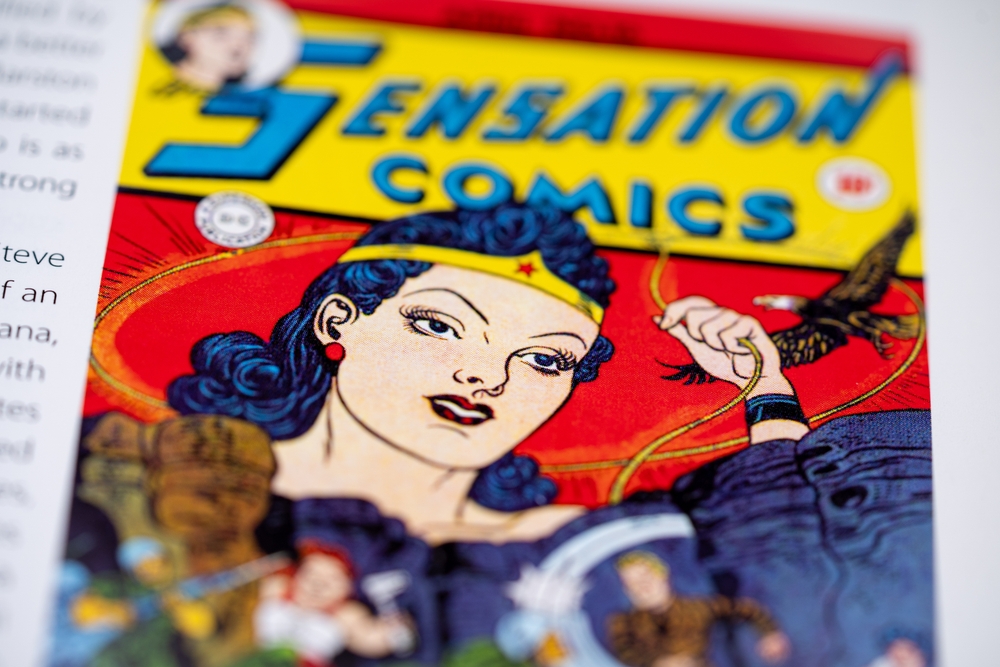
Wonder Woman, introduced by William Moulton Marston in 1941, was a groundbreaking character who broke away from the traditional male-dominated world of superheroes. As an Amazonian warrior princess with superhuman strength, speed, and agility, Wonder Woman was a powerful symbol of feminism, independence, and equality. Her creation was deeply tied to the ideals of empowerment, as she was designed not just as a fighter but as a role model for young girls and women. She stood as a figure of strength, wisdom, and compassion in a world often defined by male heroes.
Over the years, Wonder Woman has evolved into a global icon of female empowerment, representing hope and justice for all people, regardless of gender. Her struggles, both as an immortal Amazon and as a member of the human world, have deepened her character. Wonder Woman was instrumental in challenging the norms of the comic book industry, opening the door for stronger, more complex female heroes who became a staple in the superhero genre. Her influence extends beyond comics into television, film, and pop culture, making her one of the most important and enduring comic characters.
The X-Men
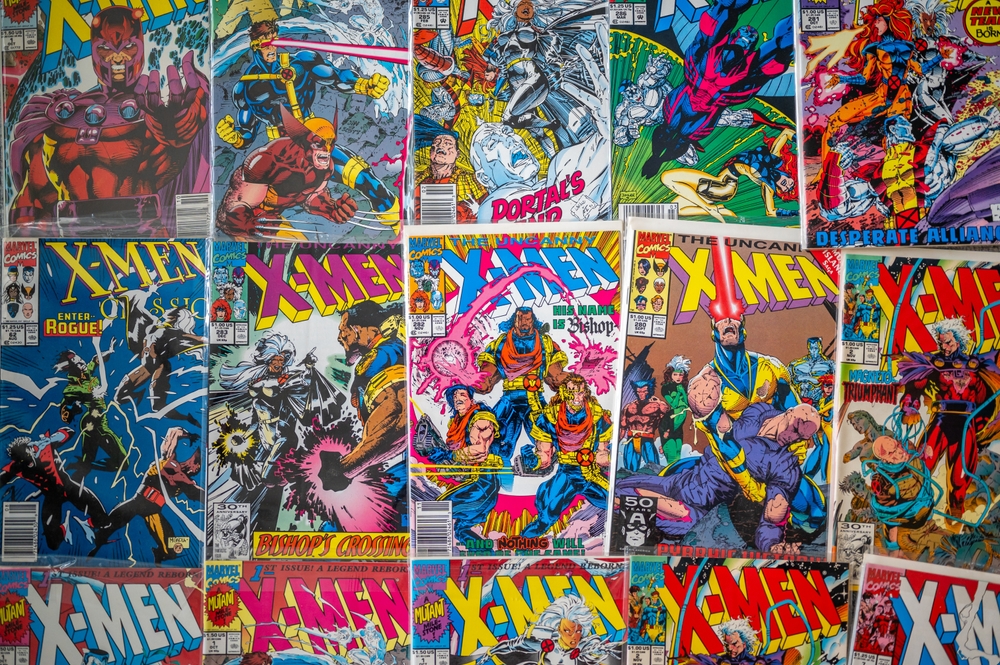
The X-Men, created by Stan Lee and Jack Kirby in 1963, changed the comic book industry by introducing themes of diversity, acceptance, and social justice. The team of mutants, each with their unique powers and struggles, was an allegory for marginalized communities facing prejudice and discrimination. The X-Men were not just about fighting evil; they were about overcoming societal challenges, making them resonate with readers facing their struggles. Characters like Professor X and Magneto became symbols of the fight for equality, reflecting the broader civil rights issues of the 1960s and beyond.
As the series progressed, the X-Men became a platform for exploring complex themes such as identity, prejudice, and the fear of the “other.” The diversity of the team, both in terms of powers and backgrounds, showcased the strength that comes from embracing differences rather than fearing them. The X-Men’s lasting impact on the industry lies in their ability to tackle serious social issues while still providing compelling superhero action. Their legacy paved the way for a more inclusive and socially aware era in comics, making them one of the most influential groups in comic book history.
The Hulk
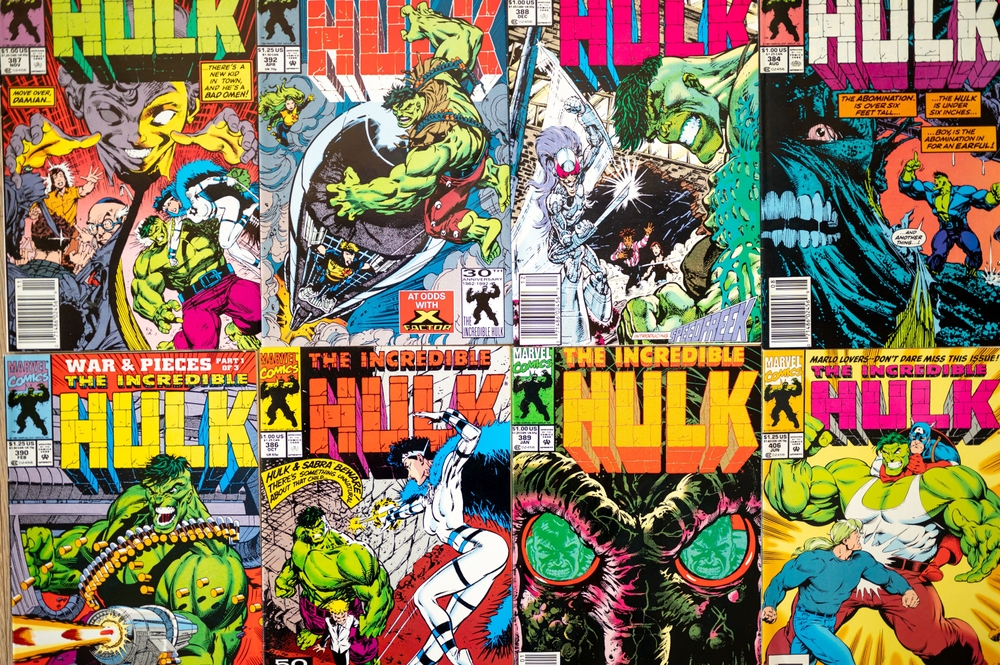
The Hulk, created by Stan Lee and Jack Kirby in 1962, took the concept of the tortured hero to new heights. Bruce Banner’s transformation into the Hulk, a massive, uncontrollable monster, became a metaphor for the internal struggle between intellect and raw emotion. His character explored themes of anger, identity, and the consequences of unchecked power, which added depth to the superhero genre. Unlike many other heroes, Hulk’s struggle was not only with villains but also with himself, making his journey both tragic and compelling.
The Hulk’s legacy in the comic book world lies in his ability to challenge the idea that all superheroes are in full control of their powers. The Hulk was a character defined by his rage, but also by his inherent humanity. Over time, his stories have evolved to focus on his efforts to control the beast within and his battles with self-acceptance. This transformation helped make him one of the most iconic and enduring characters in comics, symbolizing the struggle between human frailty and monstrous strength.
Captain America
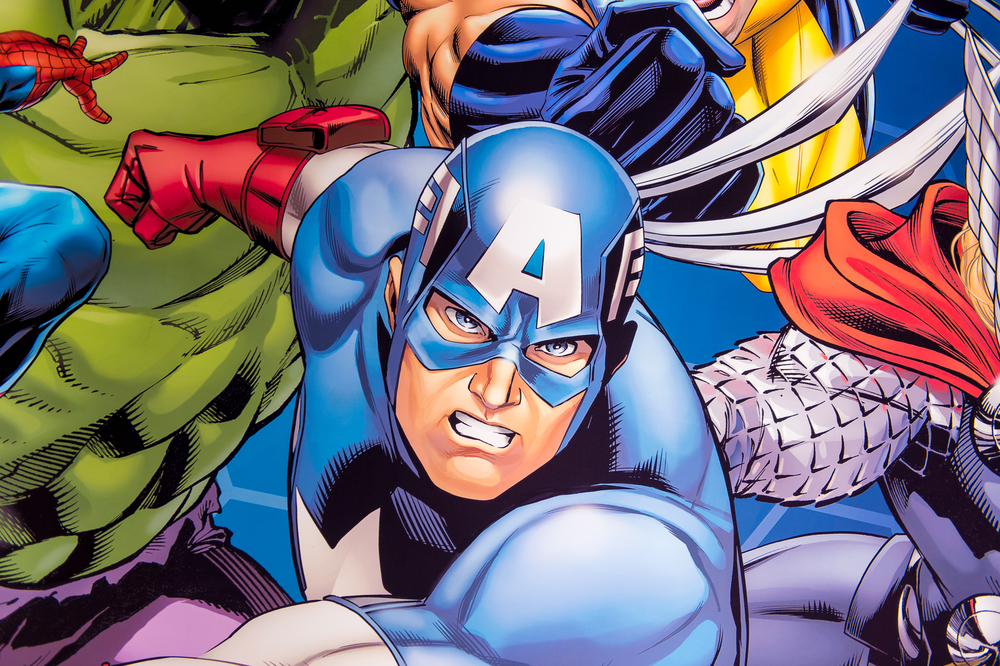
Captain America, created by Joe Simon and Jack Kirby in 1941, became a symbol of American ideals during a time of global conflict. Born from the desire to create a hero who embodied patriotism, bravery, and the fight for justice, Steve Rogers’ transformation into Captain America was both symbolic and aspirational. His character served as a moral compass, leading by example in times of war, and has remained relevant in the decades since. His unwavering dedication to doing what is right, even when it goes against the system, made him an enduring hero.
Through various storylines, Captain America evolved into a figure who could challenge authority and fight for freedom, even when it meant going against his own country. His struggles with identity, loyalty, and the complexities of leadership have made him a more nuanced character. Captain America’s impact on the comic book industry lies in his role as both a symbol of virtue and a character capable of moral growth, making him a cornerstone of superhero fiction.
Iron Man
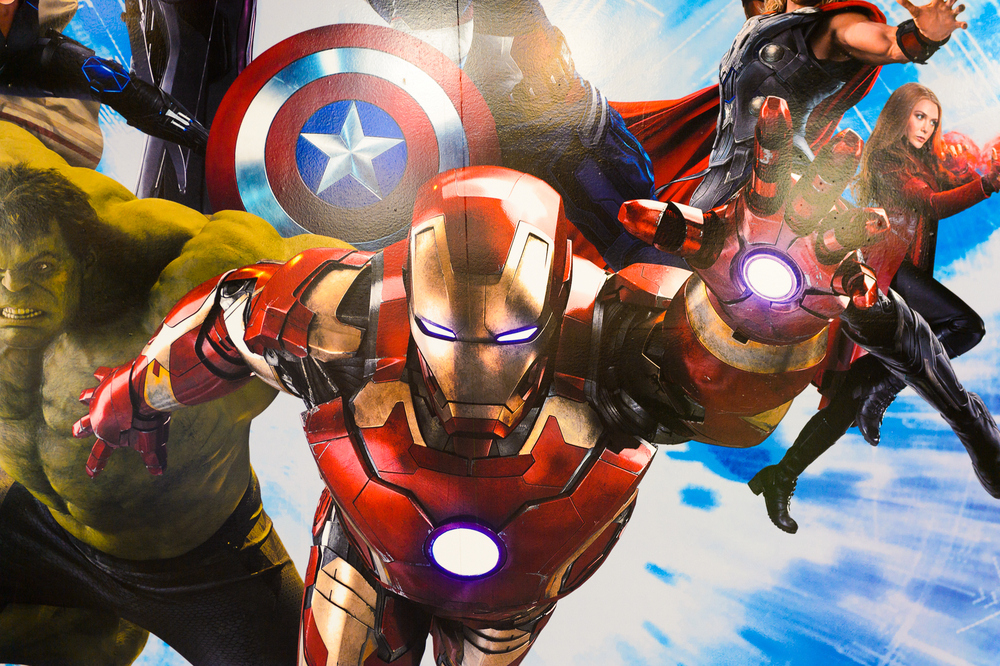
Iron Man, introduced by Stan Lee, Larry Lieber, Don Heck, and Jack Kirby in 1963, transformed the superhero genre by bringing in a character who was deeply rooted in technology and science. Tony Stark, a wealthy industrialist and genius inventor, became the first superhero whose powers were derived not from mutations or alien origins, but from his intellect and technological advancements. Iron Man’s appeal lies in Stark’s evolution from a self-centered businessman to a hero willing to sacrifice his life for the greater good.
Stark’s journey through self-redemption, from a weapons manufacturer to a defender of the world, resonates with modern themes of accountability and the consequences of one’s actions. Iron Man’s focus on technology and innovation set him apart from other superheroes, and his impact on the industry is profound. His character has been a catalyst for the rise of tech-based heroes and has sparked a broader discussion about the intersection of ethics, technology, and power in modern comics. Iron Man’s influence extends beyond comics, having played a significant role in the Marvel Cinematic Universe’s rise to global dominance.
Deadpool
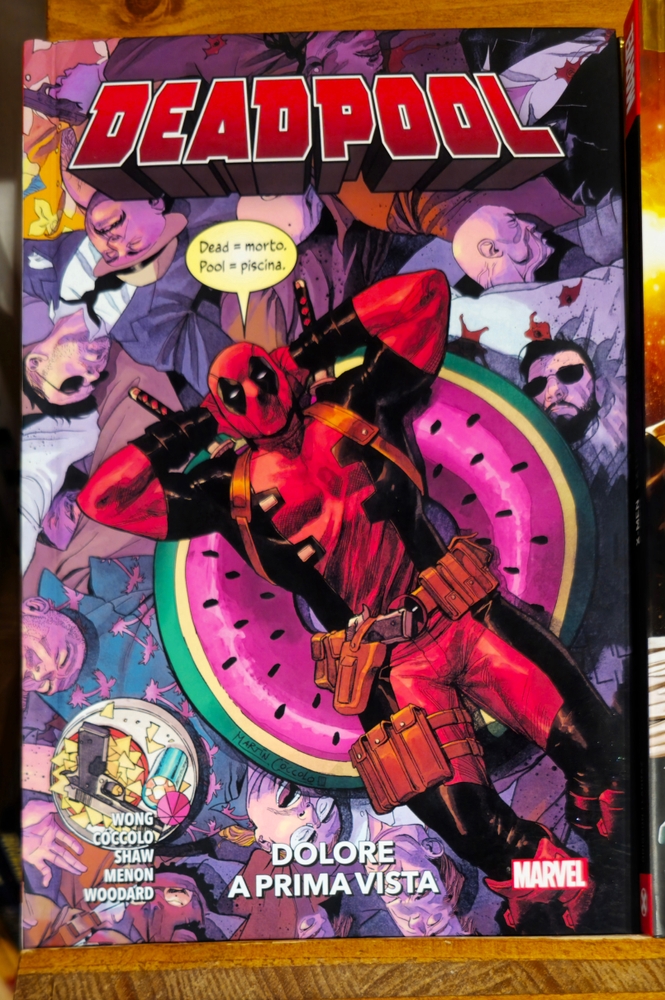
Deadpool, created by Fabian Nicieza and Rob Liefeld in 1991, disrupted the superhero genre by introducing a character who was both irreverent and self-aware. His unique ability to break the fourth wall and speak directly to the audience was a game-changer in comic book storytelling. Deadpool’s mix of humor, violence, and vulnerability made him a standout character in the comic book world. Unlike other heroes who followed traditional moral codes, Deadpool’s chaotic nature and unpredictability gave him a fresh and entertaining dynamic.
What makes Deadpool even more interesting is his struggle with identity and his attempts to reconcile his monstrous side with his desire for redemption. Over time, he has evolved from a mere anti-hero into a character that explores deeper themes of pain, trauma, and personal growth, all while maintaining his signature humor. Deadpool’s impact on the industry is evident in his ability to bring a unique perspective to superhero narratives, showing that not all heroes need to follow the same rules.
Thor
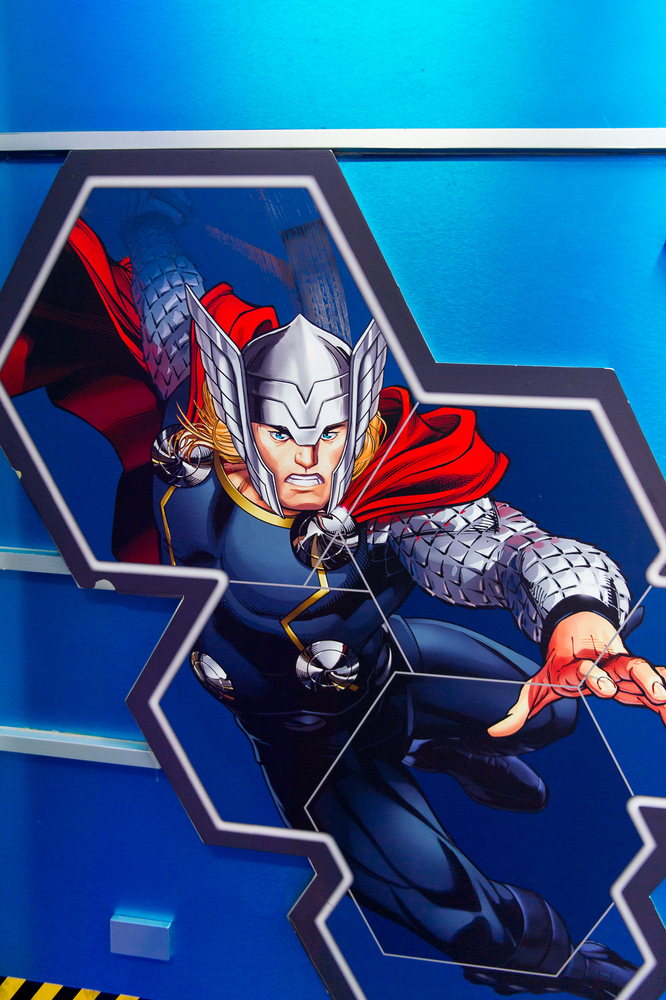
Thor, the Norse god of thunder, has been a significant character since his debut in 1962, created by Stan Lee, Larry Lieber, and Jack Kirby. Thor’s presence in comics has introduced mythology into the superhero genre, creating a blend of fantasy and science fiction. As a character, Thor represents strength, honor, and sacrifice, often facing challenges that test his worthiness. Over time, his character has been explored in greater depth, focusing on themes of destiny, leadership, and responsibility.
Thor’s journey from a brash god to a wise and compassionate leader has resonated with fans, especially as he struggles with his role in both Asgard and Earth. His character has undergone numerous transformations, from his time as a classic superhero to his more recent portrayal as a flawed and humanized god. Thor’s presence in the comic book industry has helped elevate the genre into a space where gods, magic, and the human experience coexist, and his evolution continues to inspire audiences around the world.
The Flash
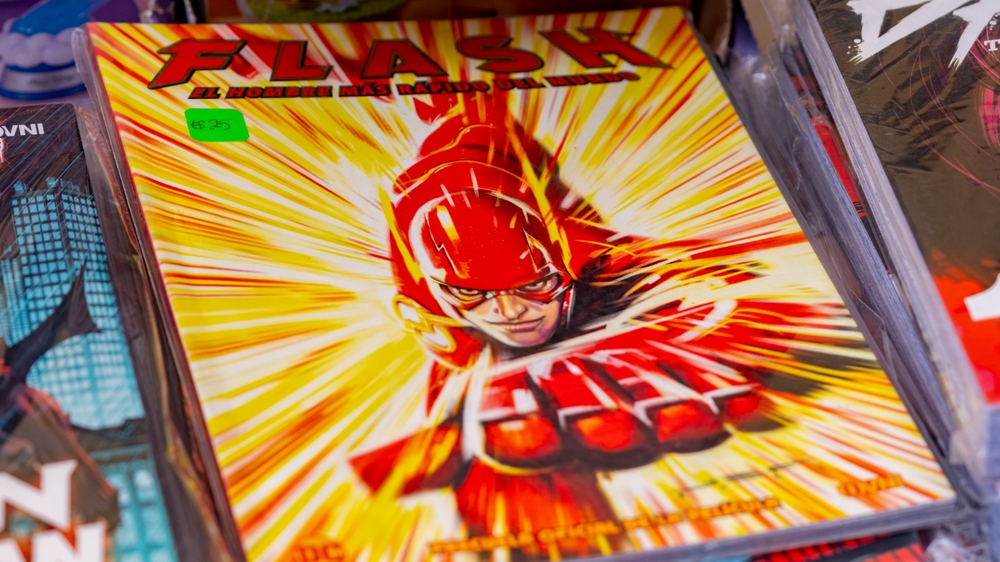
The Flash, created by Gardner Fox and Harry Lampert in 1940, introduced the concept of super-speed to the comic book world. Barry Allen’s transformation into the Scarlet Speedster helped define the importance of the “speed force,” an energy field that would become central to many future comic book narratives. His powers gave rise to countless storylines that delved into time travel, alternate universes, and the manipulation of reality itself. The Flash also brought a unique element to the genre, with a focus on using his powers for science and problem-solving, rather than simply for combat.
The legacy of The Flash is seen in how his character has inspired other speed-based heroes, such as Kid Flash and Quicksilver, while also influencing comic book storytelling through the concept of the multiverse. His adventures often highlight the delicate balance between speed, responsibility, and the potential consequences of altering time. The Flash’s evolution over time has made him one of the most beloved and influential characters in the superhero genre, paving the way for more experimental and high-concept narratives.
Green Lantern
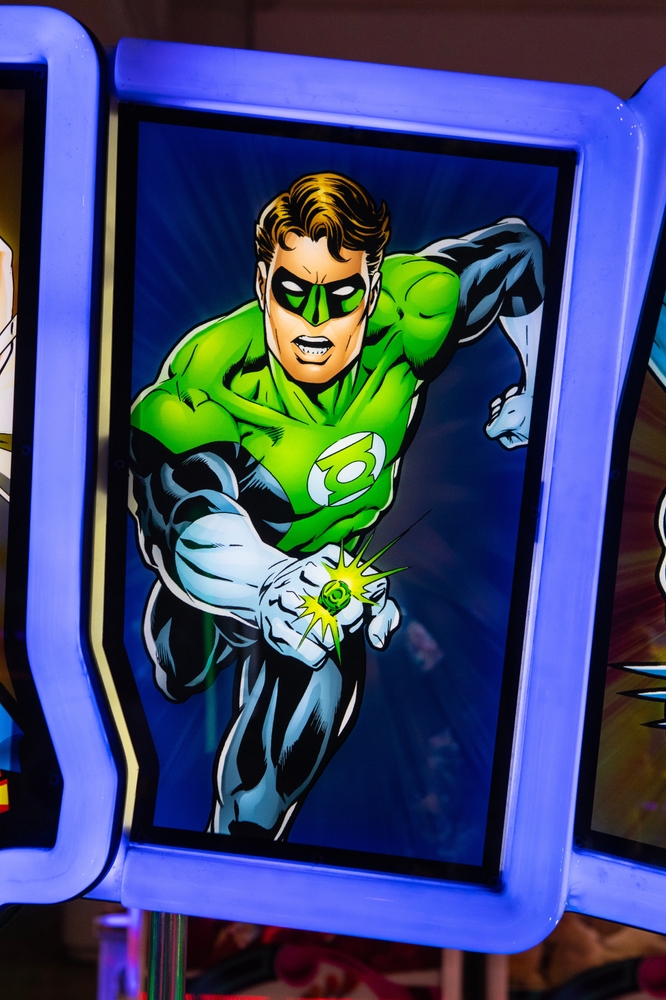
Green Lantern, first introduced by Bill Finger and Martin Nodell in 1940, stands as one of the most intriguing and complex characters in comic book history. His powers come from the Green Lantern ring, which grants him the ability to create constructs and manipulate energy based on his willpower. The introduction of the Green Lantern Corps expanded the scope of the superhero genre, creating an intergalactic organization tasked with maintaining order across the universe. The themes of willpower, justice, and the struggle between fear and courage are deeply embedded in the character’s core.
The impact of Green Lantern is not just in the cosmic scale of his stories, but also in how his character evolved. The shift from Hal Jordan to characters like John Stewart, Guy Gardner, and Kyle Rayner introduced a diversity of backgrounds and personalities, showing that the mantle of Green Lantern could be worn by anyone, regardless of race, gender, or origin. The Green Lantern mythos, with its rich world-building and philosophical questions about power, responsibility, and the human spirit, has made it a key influence in shaping modern superhero narratives.
Daredevil
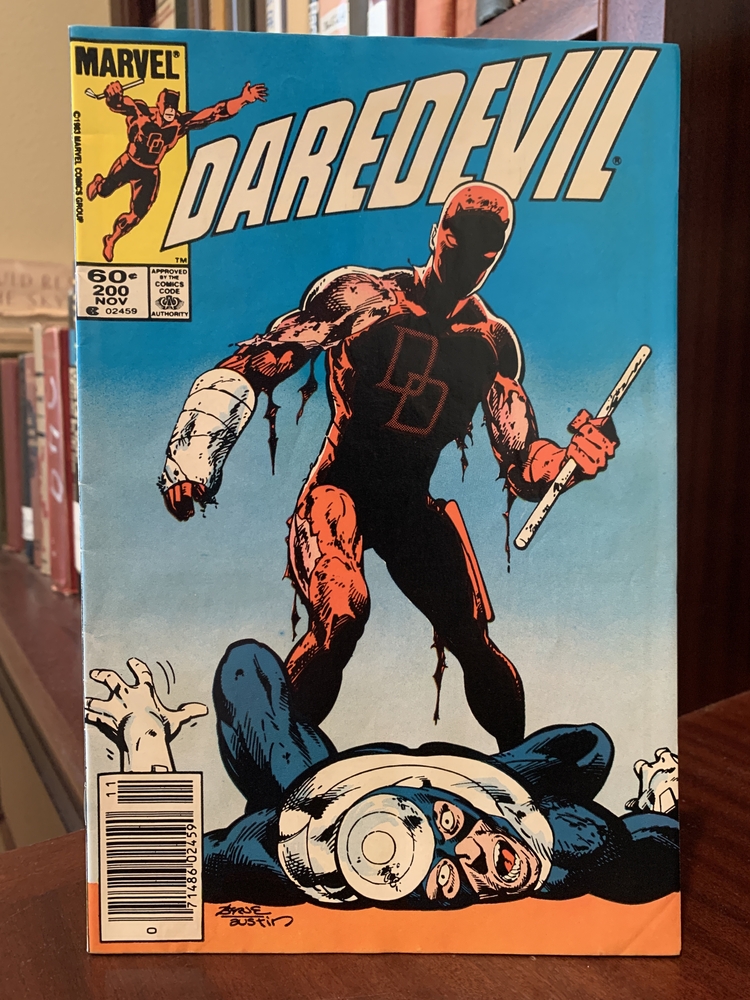
Daredevil, created by Stan Lee and Bill Everett in 1964, introduced a character who was both physically and emotionally complex. Matt Murdock, blind from a childhood accident, gained his heightened senses through the same incident that took his sight. This unique origin story made Daredevil stand out from other superheroes, offering a character who had to rely on intellect and perception rather than brute strength or high-tech gadgets. His journey through personal struggles, including his dual identity as both a lawyer and a vigilante, made him a hero who dealt with real-world problems.
Daredevil’s evolution has also seen him take on darker, more mature storylines, especially with writers like Frank Miller, who helped redefine the character in the 1980s. His exploration of themes such as guilt, redemption, and justice in a gritty, realistic New York City created a more grounded take on the superhero genre. Daredevil’s character has influenced not only comic book stories but also television and film, showing that even heroes without superpowers could have an impact on the world.
Wolverine
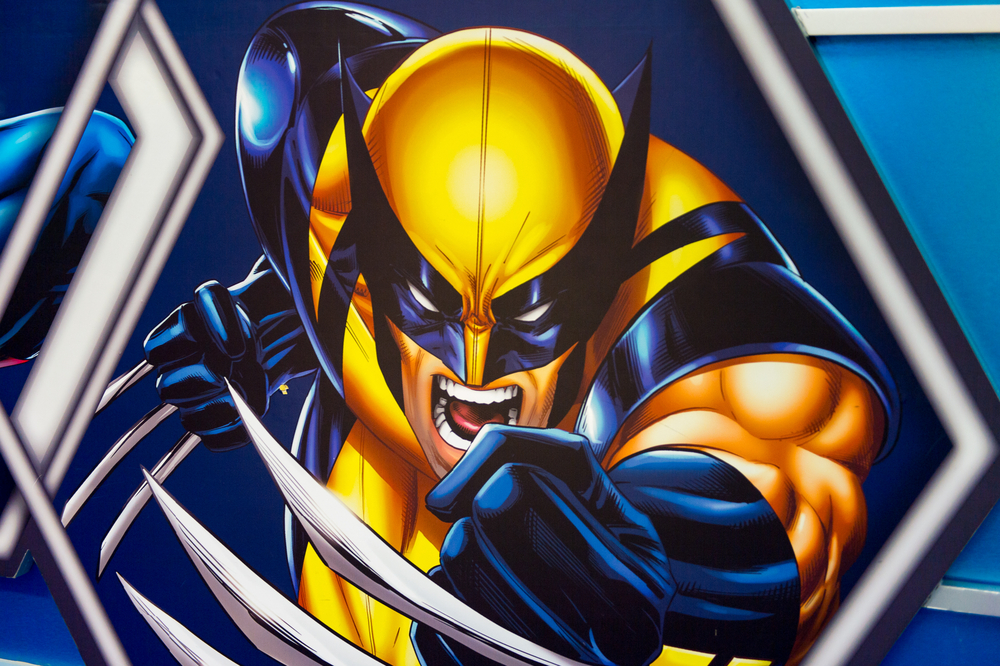
Wolverine, created by Roy Thomas, Len Wein, and John Romita Sr. in 1974, quickly became one of the most iconic and complex characters in the X-Men universe. With his animalistic instincts, enhanced healing factor, and retractable claws, Wolverine was the embodiment of the anti-hero, a tortured soul driven by a need for vengeance and justice. His mysterious past, often shrouded in secrecy, added layers to his character, with storylines that explore his loss of memory, his time as a government operative, and his struggle with the darker aspects of his nature.
Wolverine’s appeal lies in his contradictions. He is both a killer and a protector, driven by rage but constantly seeking redemption. His role as a member of the X-Men, often struggling to fit in with a team of idealistic heroes, made him stand out among other superheroes. Wolverine’s evolution from a lone wolf to a beloved and essential part of the X-Men has influenced not only comic books but also movies, where Hugh Jackman’s portrayal has solidified his status as one of the most enduring characters in pop culture.
The Punisher
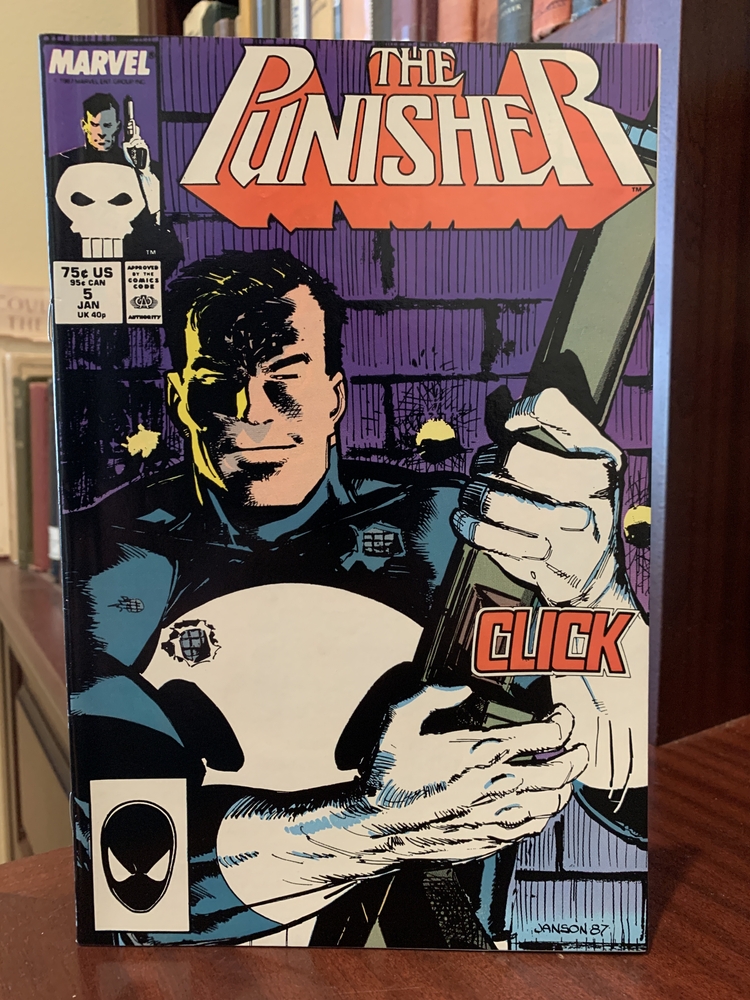
The Punisher, created by Gerry Conway and John Romita Sr. in 1974, introduced a new kind of vigilante: one who did not hesitate to kill criminals. Frank Castle’s story, driven by revenge for the murder of his family, was darker and more violent than many of the other heroes of his time. The Punisher’s moral ambiguity, his relentless pursuit of justice, and his willingness to go to extremes to punish wrongdoers set him apart from the typical superhero who adhered to a no-kill rule. His character challenged the boundaries of traditional heroism, making readers question the fine line between justice and vengeance.
The Punisher’s evolution has made him a symbol of anti-establishment sentiment and a reflection of real-world frustrations with systems that fail to deliver justice. His stories often explore the consequences of vigilante justice, questioning whether the end justifies the means. The Punisher’s impact on the comic book industry is profound, influencing a wave of morally ambiguous heroes and anti-heroes in both comics and other media. His character has pushed the boundaries of what comic book storytelling can achieve, making him one of the most complex and enduring figures in modern comics.
This article originally appeared on Avocadu.
